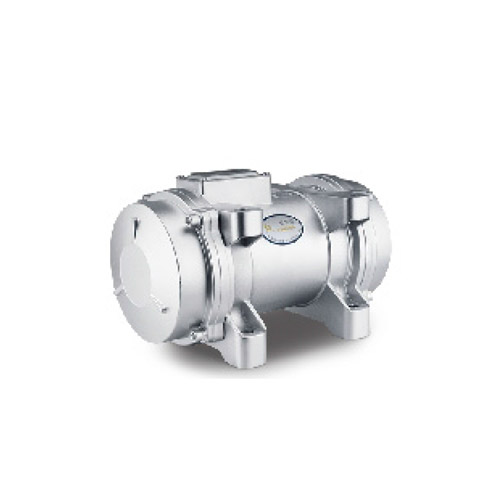In the modern construction industry, efficiency, precision, and structural integrity are non-negotiable. One critical tool that plays a central role in achieving these standards is the Industrial External Concrete Vibrator Motor. Designed for robust performance in challenging environments, this device ensures the removal of air bubbles and voids in freshly poured concrete, reasulting in denser, more durable structures.
What is an Industrial External Concrete Vibrator Motor?
An Industrial External Concrete Vibrator Motor is a high-performance vibrating motor mounted externally to concrete formwork or molds. It transmits vibrations into the concrete mix, facilitating compaction and reducing the presence of trapped air. This ensures that the concrete settles uniformly, reducing the risk of honeycombing, surface imperfections, and weak spots.
Unlike internal vibrators, which are immersed directly into the concrete, external vibrators do not come into contact with the wet concrete. This makes the Industrial External Concrete Vibrator Motor proper for precast concrete applications, thin-walled components, and complex mold shapes.
Key Features and Advantages
The Industrial External Concrete Vibrator Motor is built to withstand harsh construction environments. Here are some of its many important features:
Durable Construction: Typically enclosed in heavy-duty aluminum or cast iron housing, these motors resist dust, moisture, and impact.
Adjustable Frequency: many models allow users to adjust vibration frequency and amplitude, providing greater control over the compaction process.
Continuous Duty Cycle: Designed for prolonged use, these motors can run continuously without overheating.
Easy Installation and Maintenance: With standardized mounting systems and sealed components, maintenance is little, and installation is straightforward.
The use of an Industrial External Concrete Vibrator Motor significantly increases productivity and consistency in concrete finishing. It is especially effective for large-scale operations such as precast production facilities and bridge or tunnel construction projects.
Applications in the Construction Industry
The versatility of the Industrial External Concrete Vibrator Motor makes it indispensable in various concrete applications:
Precast Concrete Plants: Ensures uniform compaction in forms, improving strength and surface finish.
Wall Panels and Columns: proper for thin, tall elements where internal vibrators are less effective.
Tunnel Linings and Infrastructure Projects: Helps maintain consistency in critical load-bearing structures.
Architectural Concrete: Reduces blemishes and surface air pockets for aesthetic purposes.

In all these applications, the Industrial External Concrete Vibrator Motor contributes to stronger, longer-lasting, and more visually appealing concrete products.
How It Enhances Structural Integrity
Air pockets and un-compacted zones can compromise the strength of concrete. The Industrial External Concrete Vibrator Motor vibrates the concrete at a high frequency, allowing the material to flow and settle into every corner of the mold. This results in:
Increased Load-Bearing Capacity: Better compaction means fewer voids and increased strength.
Enhanced Durability: Eliminating air gaps reduces the chances of water infiltration, freeze-thaw damage, and corrosion of embedded rebar.
Improved Finish: A smooth, even surface with little defects.
Contractors who employ the Industrial External Concrete Vibrator Motor experience fewer structural issues over time, reducing long-term maintenance and repair costs.
Choosing the Right Vibrator Motor
When selecting an Industrial External Concrete Vibrator Motor, factors to consider include:
Vibration Frequency and Amplitude: Must suit the specific concrete mix and formwork.
Mounting Compatibility: The vibrator should fit securely onto existing molds or forms.
Motor Power and Size: Depends on the size and type of concrete elements being compacted.
Working with a reputable manufacturer ensures you get an Industrial External Concrete Vibrator Motor that meets safety standards, delivers consistent performance, and supports your production goals.

 英语
英语 葡萄牙语
葡萄牙语 西班牙语
西班牙语 русский
русский






 Tel: + 86-576-86320988
Tel: + 86-576-86320988
 Fax: + 86-576-86333217
Fax: + 86-576-86333217
 E-mail:
E-mail:  Add: Dayangcheng Industrial Zone, daxi, wenling, zhejiang, china
Add: Dayangcheng Industrial Zone, daxi, wenling, zhejiang, china
